Collection Online
Highlights
-
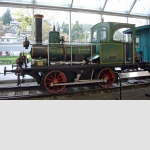
-
- Steam locomotive E 2/2 No 11 St. Gotthard Railway GB 1881
Construction locomotive of the ...
- GB Gotthardbahn (Gotthard-Bahn, Gotthardbahn-Gesellschaft) (1871 - 1909), Operator or user
von Roll Giesserei Choindez (1871 - 1909), Operator or user
SLM Schweizerische Lokomotiv- und Maschinenfabrik (1871 - 1998), Manufacturer
Brown Charles sen. (1827 - 1905), Patent
- Inv. Nr. VHS-72
- more
-
-
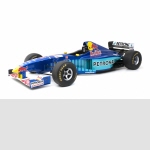
-
- Sauber Petronas C16
Switzerland 1997
From driver to designer
Peter Sauber built his first ...
- PP Sauber AG (Sauber Motorsport AG, Red Bull Sauber AG, Sauber Petronas AG) (1970 - 2005), Betreiber/in, Hersteller/in, sign.
Sauber Petronas Engineering AG (*1995), Engine manufacturer, sign.
Herbert Johnny Paul (*1964), Racing driver, sign.
- Inv. Nr. VHS-5936
- more
-
-
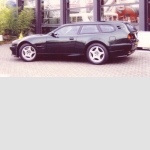
-
- Aston Martin V8 Vantage Shooting Brake, GB/CH 1999
The world’s fastest and most powerful ...
- Aston Martin Lagonda Ltd (1976), Manufacturer, archivalisch belegt
Roos Engineering LTD (1976), Engine manufacturer, archivalisch belegt
Design by Dante (1976), Designer/in, Carrossier, archivalisch belegt
- Inv. Nr. VHS-7621
- more
-
-
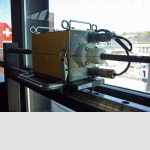
-
- The magneto-inductive cable test
The cable is the most important structural element of the ...
- Ernst Kündig AG (1962), Manufacturer, archivalisch belegt
- Inv. Nr. VHS-9108
- more
-
-
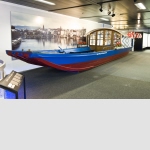
-
- Ferryboat “Vogel Gryff” of the Basel Klingental Ferry Service, built 1962
From Greater- ...
- Fähri-Verein Basel (Verein Freunde Basler Fähren) (1974), Model operator, archivalisch belegt
Johann Waldmeier AG Bootbau und Sport (1974), Model manufacturer, archivalisch belegt
- Inv. Nr. VHS-9157
- more
-
-
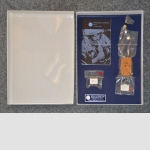
-
- Astronautennahrung für Apollo 11 in einem Display von Milprint Inc. ...
- Milprint Inc. (1899), Manufacturer, archivalisch belegt
NASA National Aeronautics and Space Administration (*1958), Model operator, archivalisch belegt
- Inv. Nr. VHS-11411
- more
-
-
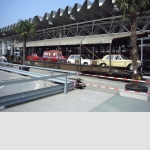
-
- Sdt 5085 9803 103-9 car transport wagon with protective roof, BLS, 1969
Faster to the south ...
- SWS Schweizerische Wagons- + Aufzügefabrik AG (Schweiz. Wagonsfabrik Schlieren, Schweiz. Waggonsfabrik AG) (1899 - 1985), Manufacturer
BLS Bern-Lötschberg-Simplon Bahn (1907 - 2006), Operator or user
BLS AG (*2006), Operator or user
- Inv. Nr. VHS-11935
- more
-
-
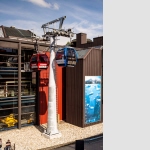
-
- Aerial cableway mast with two circulating gondolas, 2016
One means of transport conquers ...
- Garaventa AG, Manufacturer, archivalisch belegt
CWA Carrosseriewerke Aarburg AG (*1939), Manufacturer, archivalisch belegt
Doppelmayr Seilbahnen GmbH (*1939), Manufacturer, archivalisch belegt
- Inv. Nr. VHS-11948
- more
-
-
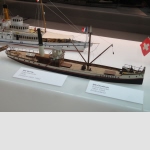
-
- DS ...
- Graf (Monogramm RG) Ruedi (Rudolf) (+2018), Model maker
Gebrüder Sulzer AG (Gebr. Sulzer AG, Sulzer Frères SA) (*1834), Model manufacturer
CGN Compagnie Générale de Navigation sur le Lac Léman (*1873), Model operator
- Inv. Nr. VHS-12139
- more
-
-
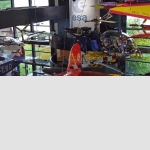
-
- Aérospatiale SA 315B Lama helicopter HB-ZGP, France 1974
Flying workhorse
The multi-purpose ...
- Alpinlift Helikopter AG (2005), Operator or user, archivalisch belegt
Aérospatiale (-Matra) (1970 - 2000), Manufacturer, archivalisch belegt
Turboméca (1938), Engine manufacturer, archivalisch belegt
- Inv. Nr. VHS-12204
- more
-
-
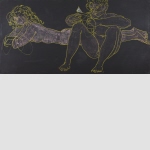
-
- Hans Erni (1909-2015)
Picture panel for the UNESCO exhibition, Zurich 1949
Hans ...
- Erni Hans (Pseudonym François Grèques) (1909 - 2015)
- Inv. Nr. HEM-424
- more
-
-
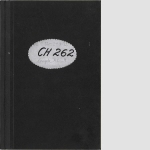
-
- Logbook of the Comte AC-4 Gentleman CH-262 from 1933.
This document is one example from the ...
- Swissair (Schweizerische Luftverkehr AG, SAirGroup) (1931 - 2002), Author
Alfred Comte Flugzeugwerke (Alfred Comte Schweiz. Flugzeugfabrik, Alfred Comte Luftverkehr, A. Comte Luftverkehr Zürich) (1923 - 1935), Model manufacturer
- Inv. Nr. VA-23656
- more
-

